Description
Familiarity with treatment
Penile inversion vaginoplasty is a surgical procedure commonly used in gender-affirming surgery for transgender women. It involves the reconstruction of the genitalia to create a neovagina using the skin from the penis. Here is a general overview of the procedure based on the available information:
Preparation and anesthesia: The patient is prepared for surgery, which may include preoperative evaluations and discussions with the healthcare team. Anesthesia is administered to ensure the patient’s comfort during the procedure.
Penile disassembly: The surgical team disassembles the penoscrotal structures, including the removal of the skin from the outside of the penis. The head of the penis, known as the glans, is also reshaped to create a clitoris.
Creation of the neovagina: The inverted penile skin is then used to create the lining of the neovagina. The skin flap is carefully positioned and sutured to form the vaginal canal. The depth of the neovagina can vary based on factors such as the size of the penis, skin elasticity, and the patient’s height.
Labia construction: Scrotal skin may be used to create the labia majora and labia minora, which are the outer and inner folds of the vulva, respectively. The scrotal skin graft is carefully positioned and sutured to achieve the desired aesthetic outcome.
Postoperative care: After the surgery, proper postoperative care is essential for healing and recovery. This may involve wound care, pain management, activity restrictions, and regular follow-up appointments with the healthcare professional or surgeon. Dilations exercises may also be recommended to maintain the depth and caliber of the neovagina.
Who is it suitable for?
Based on the available information from the search results, here is an overview of who may be suitable for penile inversion vaginoplasty:
Transgender women: Penile inversion vaginoplasty is typically performed for transgender women who desire genital reconstruction to align their physical appearance with their gender identity.
Penile dimensions: The search results mentioned that individuals with a penis measuring more than 12 centimeters when stretching the skin from the peno-pubic angle to the tip of the foreskin may be suitable for penile inversion vaginoplasty. However, it is important to note that the surgeon will assess all the circumstances, including the individual’s medical history and the suitability of the technique for their case.
Good quality penile skin: The quality of the penile skin is also an important factor in determining suitability for penile inversion vaginoplasty. The surgeon will assess the quality of the penile skin to ensure it is suitable for the reconstruction.
Who is it not suitable for?
Based on the information from the search results, there are certain factors that may make an individual not suitable for penile inversion vaginoplasty. These factors include:
Insufficient penile dimensions: Penile inversion vaginoplasty may not be suitable for individuals with a penis measuring less than 12 centimeters when stretching the skin from the peno-pubic angle to the tip of the foreskin 1.
Poor quality penile skin: The quality of the penile skin is an important factor in determining suitability for penile inversion vaginoplasty. If the penile skin is not of good quality or lacks adequate elasticity, it may impact the success and outcomes of the procedure 1.
Medical contraindications: Certain medical conditions or factors may make an individual not suitable for penile inversion vaginoplasty. These may include uncontrolled medical conditions, active infections, or other factors that increase the risks associated with surgery.
Individual preferences and goals: It’s important to consider an individual’s personal preferences and goals when determining the suitability for penile inversion vaginoplasty. Some individuals may have specific expectations or desires that may not align with the outcomes achievable through this particular procedure.
Advantages
Penile inversion vaginoplasty offers several advantages for transgender women seeking gender-affirming surgery. Here are some of the advantages mentioned in the search results:
Gender affirmation and improved quality of life: Penile inversion vaginoplasty helps alleviate gender dysphoria and improves the quality of life for many transgender individuals 1. The procedure aims to create an anatomical, aesthetic, and functional vagina, allowing individuals to align their physical appearance with their gender identity.
High post-operative satisfaction: Overall, penile inversion vaginoplasty is associated with high post-operative satisfaction, even when complications occur 1. Many individuals report positive outcomes and improved well-being following the procedure.
Variable depth and functionality: The depth of the neovagina created through penile inversion vaginoplasty can be tailored to the individual based on factors such as the size of the penis, skin elasticity, and the patient’s height 2. This allows for a neovagina that can accommodate full sexual intercourse 2.
Creation of anatomical structures: Penile inversion vaginoplasty involves the creation of various anatomical structures. The penile skin is used to construct the vaginal lining, the scrotal skin may be used to create the labia majora and minora, and the sensitive skin at the tip of the penis is used to create the clitoris 3. These structures contribute to a more natural and aesthetically pleasing appearance.
Self-lubrication: One positive aspect of penile inversion vaginoplasty is that the tissue used for the neovagina is self-lubricating 4. This can enhance comfort and sexual experiences for individuals.
Complications
Penile inversion vaginoplasty, like any surgical procedure, can have potential complications. Here are some of the complications mentioned in the search results:
Postoperative complications: Complications that can occur after penile inversion vaginoplasty include granulation tissue, vaginal pain, wound separation, labial asymmetry, vaginal stenosis, fistula formation, urinary symptoms, and bleeding. It’s important to note that most complications tend to develop within the first few months after surgery 1.
Risk factors for complications: Factors such as age, body mass index (BMI), and years on hormone replacement therapy were evaluated as potential risk factors for complications. However, the search results did not provide conclusive evidence linking these factors to an increased risk of complications 1.
Challenges in defining and managing complications: Defining and managing complications following penile inversion vaginoplasty can be challenging. The search results mentioned the need for standardized outcome measures to assess patient satisfaction and to better understand and address complications 2.
preoperative care
Preoperative care for penile inversion vaginoplasty involves several important considerations to ensure the best possible outcomes. While the search results did not provide specific details on preoperative care, here are some general aspects that may be included:
Hair removal: Permanent hair removal in the surgical area is often recommended to prepare the tissues for grafting. This typically involves removing hair from the penile shaft, a radius around the base of the shaft, the entire scrotum, and the perineum 1.
Mental health support: It is important to remain under the care of a mental health professional throughout the perioperative timeline. This is to ensure ongoing support and to address any potential psychological concerns or updated referral letters that may be required 1.
Medical evaluations: Prior to surgery, individuals may undergo medical evaluations to assess their overall health and suitability for the procedure. This may include blood tests, imaging studies, and consultations with various specialists.
Referral letters: Depending on the healthcare system and surgical guidelines, individuals may be required to provide referral letters from qualified mental health professionals specifying the procedure they are being referred for 1.
Preoperative counseling: Preoperative counseling is often provided to discuss the procedure, potential risks and complications, expected outcomes, and postoperative care instructions. This allows individuals to make informed decisions and have realistic expectations.
Postoperative care
Postoperative care following penile inversion vaginoplasty is crucial for optimal healing and recovery. While the search results did not provide specific details on postoperative care, here are some general aspects that may be included:
Hospital stay and monitoring: After the surgery, individuals typically stay in the hospital for a period of time to be monitored for any immediate postoperative complications. The length of the hospital stay may vary depending on individual circumstances and the surgeon’s recommendations.
Pain management: Adequate pain management is essential during the postoperative period. This may involve the use of pain medications as prescribed by the surgeon. It’s important to follow the prescribed dosage and schedule for pain relief.
Wound care and hygiene: Proper wound care and hygiene are important for preventing infection and promoting healing. This may include instructions on how to clean the surgical site, change dressings, and manage any drains that may have been placed during the surgery.
Activity restrictions: Following penile inversion vaginoplasty, individuals are typically advised to avoid strenuous activities, heavy lifting, and sexual intercourse for a certain period of time as recommended by the surgeon. This allows the surgical site to heal properly.
Follow-up appointments: Regular follow-up appointments with the surgeon are important to monitor the healing process, address any concerns or complications, and remove any sutures or drains if necessary. The frequency of these appointments may vary depending on individual circumstances.



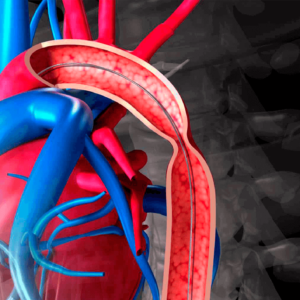
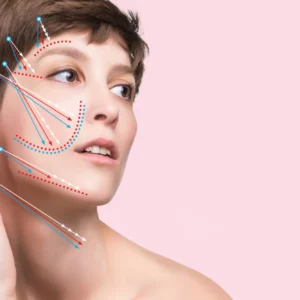

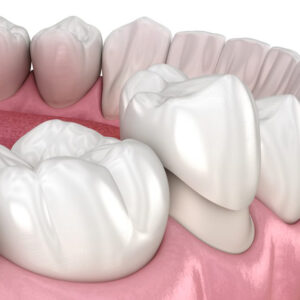
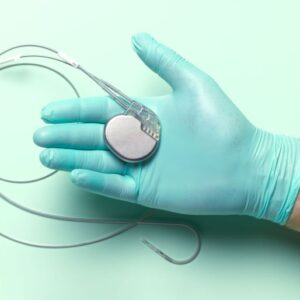
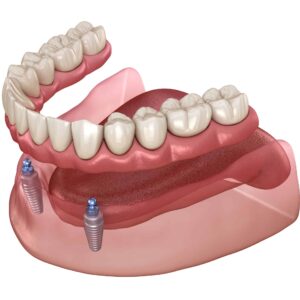
Reviews
There are no reviews yet.